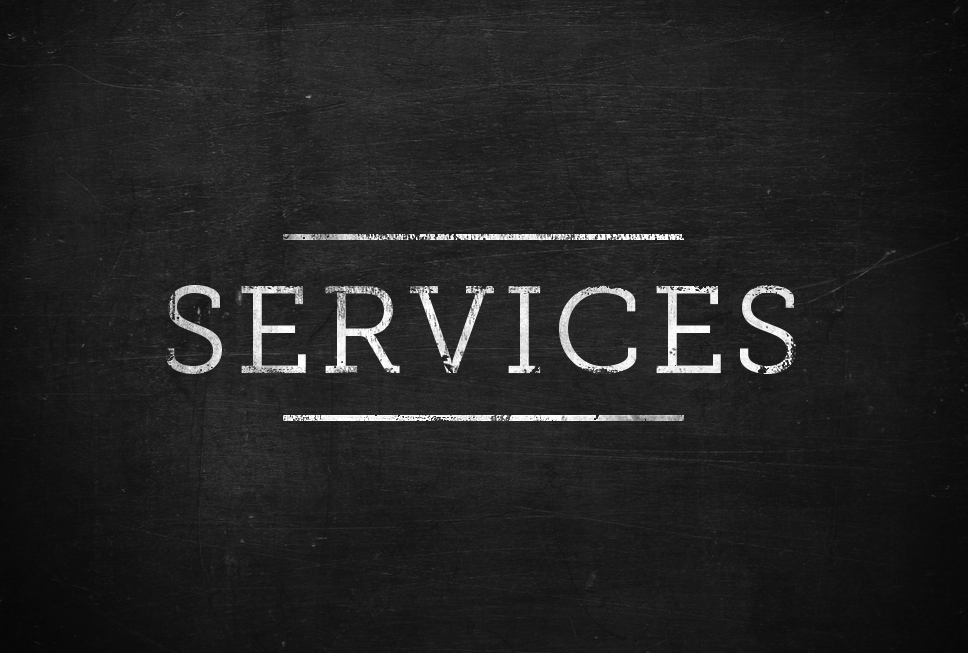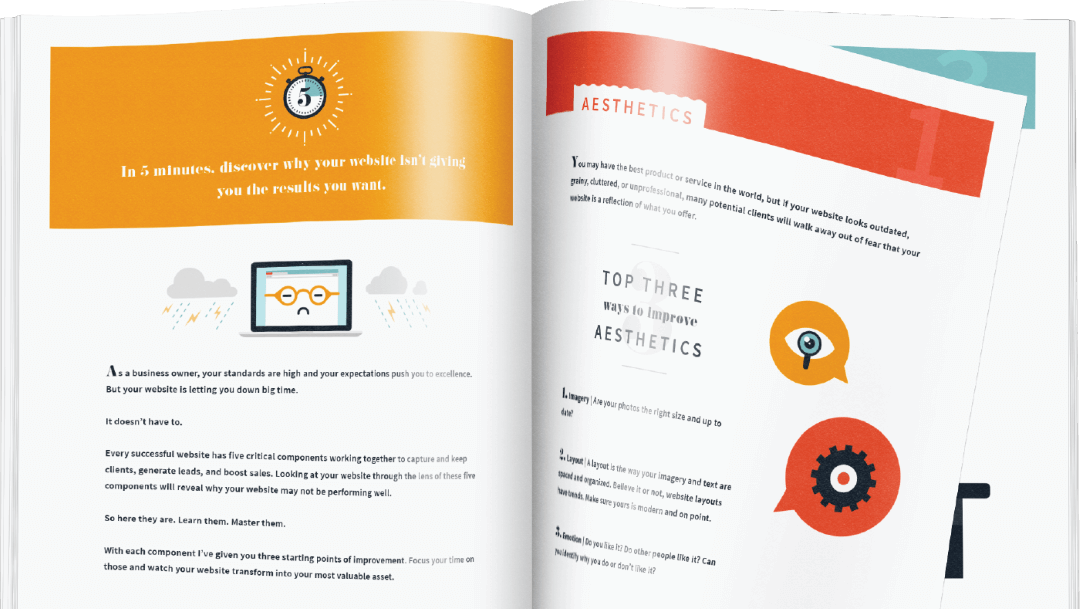When it comes to developing a services page, there seems to be a temptation among many companies to either create a simple list that doesn’t say much at all about what they offer, or else delve too deeply into the details of their process. Both of these approaches can be tedious and irritating for opposite reasons. Either there isn’t enough information to enable visitors to know whether the service is what they’re looking for, or there’s so much technical jargon that they feel overwhelmed.
Customers are interested in finding the information they need as quickly as possible. If your services page doesn’t have what they are looking for, or doesn’t satisfy their concerns, don’t assume that they will feel inclined to call you for more information. Most people will decide which company to contact based on the quality of the information they find online, and only then will they call for more details. If your services page doesn’t say anything about your services other than their names, readers are more likely to move onto a site that does a better job at providing benefit-specific content addressing their individual needs.
On the other hand, explaining your services in too much detail can also be to your disadvantage. Customers tend not to care much about exactly how something is accomplished; they care much more about how a product or service will help them in the long run. While it is important to incorporate the facts, readers are generally far more interested in how your service will help them accomplish their goal. Present the facts in a manner that shows them that you are uniquely qualified to provide them with the best results when all is said and done.
When it comes to titles and terms, there is a delicate balance between overly unique and too standard. Let’s say you offer a storage service, but call it “depository aid.” While it may sound clever to you, you run the risk of hurting your cause more than helping it. Remember that people who have never heard of your company are most likely to find it via online search. Thus, if you give all of your services bizarre names, it is unlikely that anyone will just happen to stumble upon them. Those who do may dismiss your business simply because it does not immediately appear to be what they are looking for. And even those who investigate may need some clarification to ensure that what you are offering is what they want, thus wasting time that could have been saved with a more understandable title.
On the other hand, if you use names that are vague or overly broad, you run a similar risk. For instance, there are lots of companies that offer “design work,” so if that is the term you use to describe your service, you’ve done nothing to differentiate yourself from the four billion other designers out there. Instead, use specific, benefit-oriented titles and descriptions that indicate what sort of design you do and why the customer should want it.
When writing up descriptions for your services, you should always focus on benefits over features. Be specific. Perhaps include images or visual aids to help communicate your purpose. Your customers will most likely have several other choices of companies that offer what they’re looking for. Simply listing obvious features will make you sound just like the plethora of other companies providing similar services. Your customers will feel more enthusiastic about coming to you if they know precisely what benefits they can expect when they hire you for the job.
If possible, you should include testimonials and links to examples of your work. People tend to rely on others’ opinions of a company before they pursue them. If you have good reviews, customers will feel more secure in hiring you. That said, keep in mind that testimonials are only as effective as they are credible. If you can, always include the real, full names of the people whose testimonials you present. Using just initials, or not citing a source at all, can result in your testimonials appearing fake and can hurt your credibility more than help it.
Finally, tell your customer how to get started. Make moving forward quick and easy. You might include a phone number to contact you, a form to fill out, or a link to something else explaining how to do business with you. Customers want good and reliable service, but they also want it to be hassle free. Do all you can to provide your client with confidence when they move to contact you.


